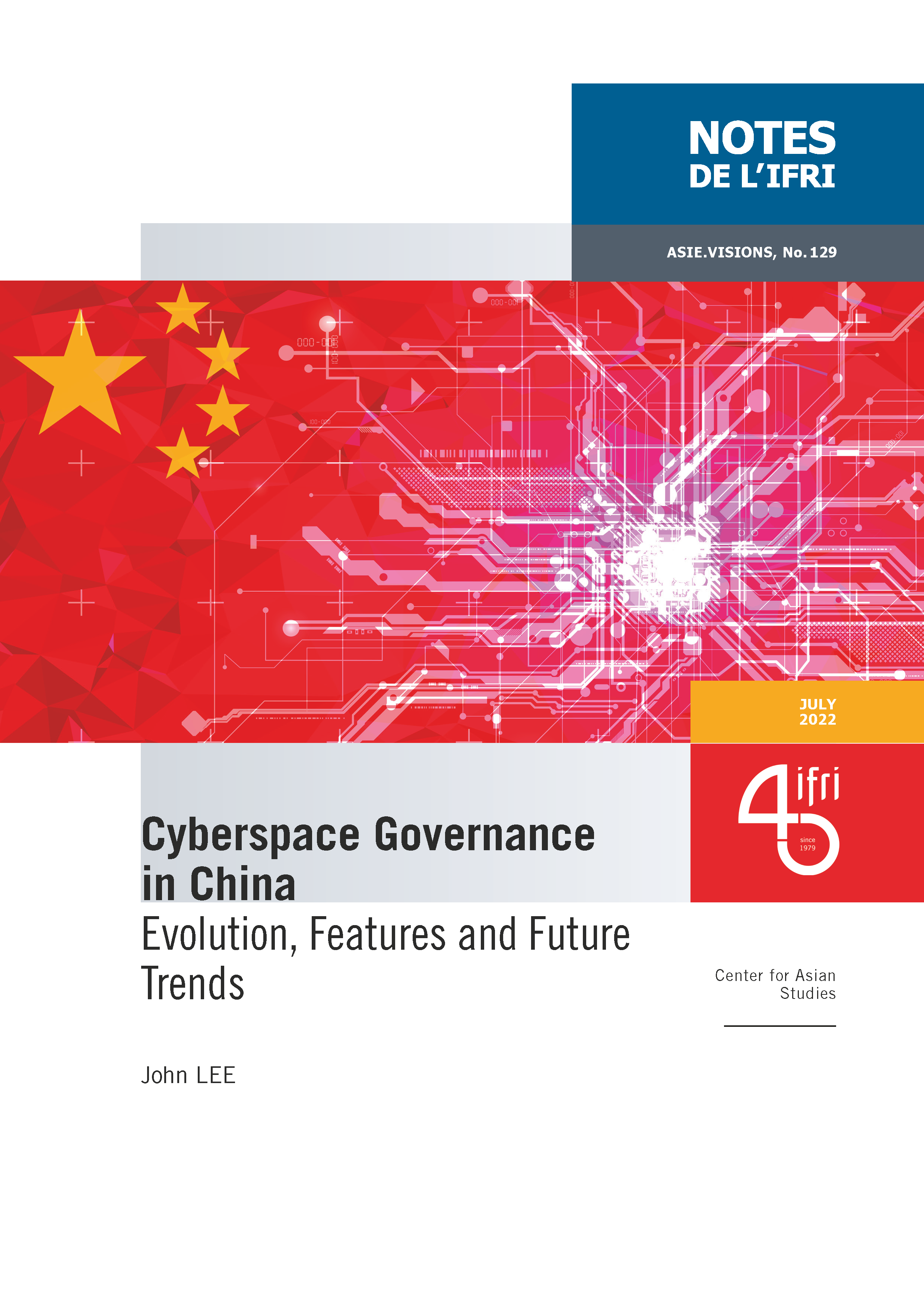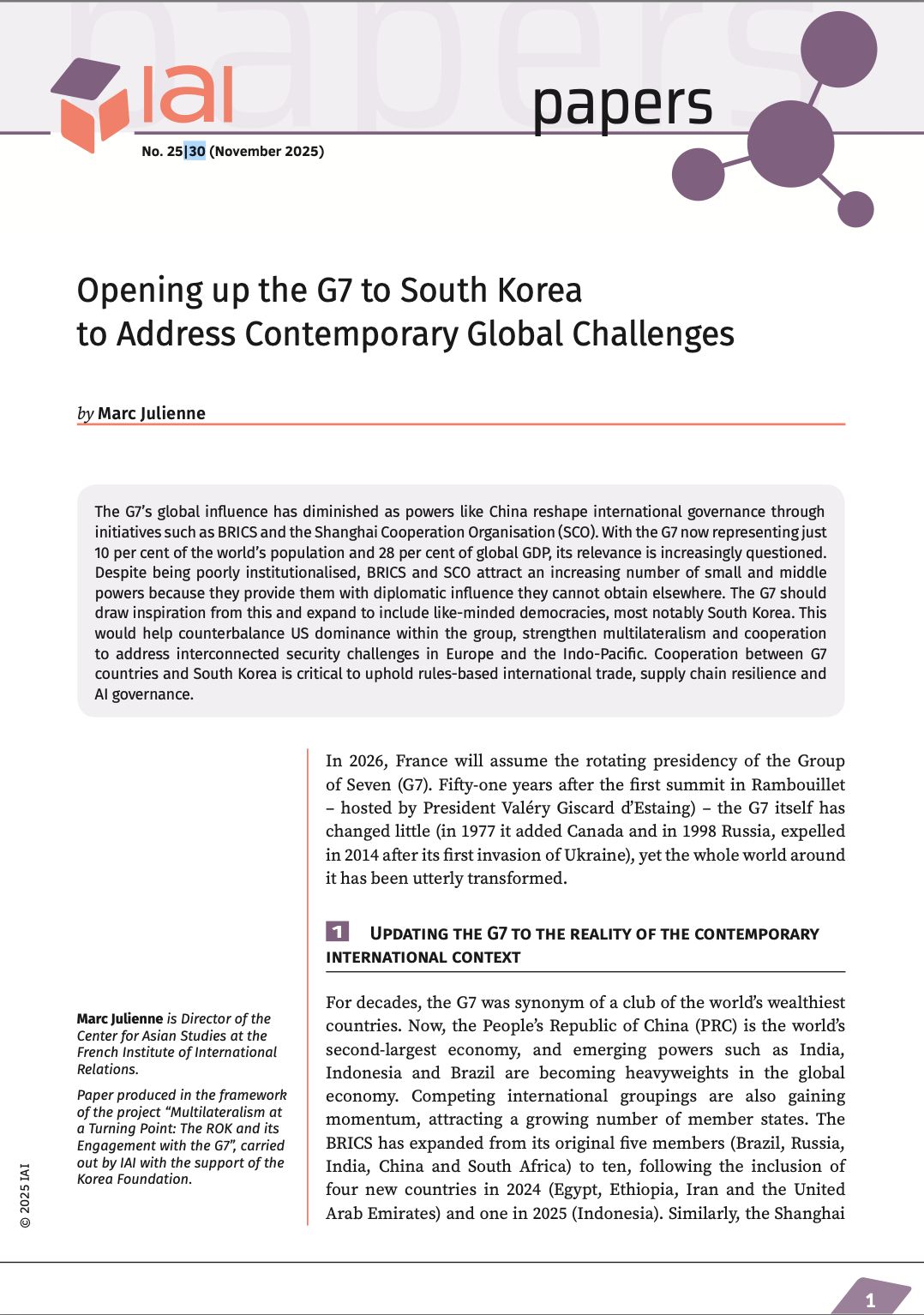Cyberspace Governance in China: Evolution, Features and Future Trends

As China’s political relations with most of the world’s technologically advanced states have worsened, Beijing has put in place the world’s most comprehensive regulatory and administrative system for governing cyberspace.

Increasingly onerous compliance challenges for actors using Chinese cyberspace, and China’s recent crackdown on internet technology firms have focused foreign attention on the Chinese Party-state’s goals for this critical domain. More globally, the growing pervasiveness of cyberspace has made its governance a key factor in international trade and politics, and therefore a topic of great importance.
To understand China's goals, it is not sufficient to look at recent events and contemporary pressures. China’s cyberspace governance regime is the result of a decades-long development process, over which the Party-state has responded to the global evolution of cyberspace and defined its interests against changing conditions. The emergent nature of cyberspace has created significant governance challenges even for the most technologically advanced nations. China entered this domain from a disadvantageous technological position, in the course of rapid development and relative political liberalization. Accordingly, China’s Party-state relatively early recognized cyberspace governance as an existential issue. Quoting the Chinese Communist Party’s journal of record, ‘if our Party cannot overcome the obstacles presented by the internet, it cannot maintain its long-term hold on power.’
This report summarizes the development of the Party-state’s engagement with the internet and the global digital technology industry, and the evolution of its policies towards managing cyberspace as an integrated whole. It then discusses the main actors and their roles in the ‘noodle bowl’ of institutions involved in governing Chinese cyberspace. Although still characterized in many respects by bureaucratic overlap and unclear definitions, this institutional system has now stabilized enough for its main aspects to be described. The same is true of China’s evolving regulation for cyberspace, the most important elements of which are described in the report, in particular the increasingly onerous rules governing data handling and cross-border data transfers.
In conclusion, China’s system for cyberspace governance and its future development is discussed in international context. For foreign governments as well as private actors, learning to engage with this system is an unavoidable task that will only become more complex and risk-laden, as the Party-state’s goals become more ambitious and political relations with Western countries show few signs of improving. China’s cyberspace governance system is unlikely to be rolled back, even in response to changing circumstances. Rather, it should be expected to continue expanding, giving the Party-state more visibility and tools of control over activity on China’s digital networks, and increasingly over foreign activity that impacts upon Chinese cyberspace. Nevertheless, China’s unique model may also provide constructive lessons for other nations, being shaped by many of the same challenges that cyberspace presents to societies worldwide.
Download the full analysis
This page contains only a summary of our work. If you would like to have access to all the information from our research on the subject, you can download the full version in PDF format.
Cyberspace Governance in China: Evolution, Features and Future Trends
Related centers and programs
Discover our other research centers and programsFind out more
Discover all our analyses
Opening up the G7 to South Korea to Address Contemporary Global Challenges
The G7’s global influence has diminished as powers like China reshape international governance through initiatives such as BRICS and the Shanghai Cooperation Organisation (SCO). With the G7 now representing just 10 per cent of the world’s population and 28 per cent of global GDP, its relevance is increasingly questioned.
Expanding SPDMM as a pivotal institution in the Pacific – A French perspective
The South Pacific Defence Ministers’ Meeting (SPDMM) is the only forum that brings together defense ministers from the wider South Pacific — including Chile, which is hosting it for the first time. This heterogeneous group of countries with varying resources, capacities, and interests — Australia, Chile, Fiji, France, New Zealand, Papua New Guinea (PNG), and Tonga — are united by their shared determination to strengthen cooperation on maritime security and humanitarian assistance and disaster relief (HADR) activities.
EU’s Derisking From China: A Daunting Task
With economic security as a major concern, the EU has recently turned to “derisking” from China. The EU strategy entails reducing critical dependencies and vulnerabilities, including in EU supply chains, and diversifying where necessary, while recognizing the importance and need to maintain open channels of communication.
Sri Lanka’s NPP Government. From System Change to Structural Compliance
In September 2024, a relative outsider to Sri Lanka’s two-party-dominated political system, Anura Kumara Dissanayake, won the presidential elections. The anti-establishment, populist movement he represented, the National People’s Power (NPP), went on to receive an overwhelming mandate in the November 2024 general elections, winning 159 seats in a 225-member parliament.










